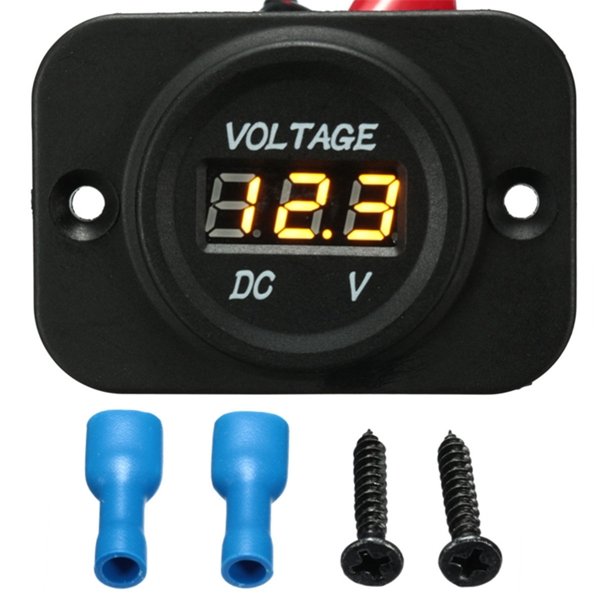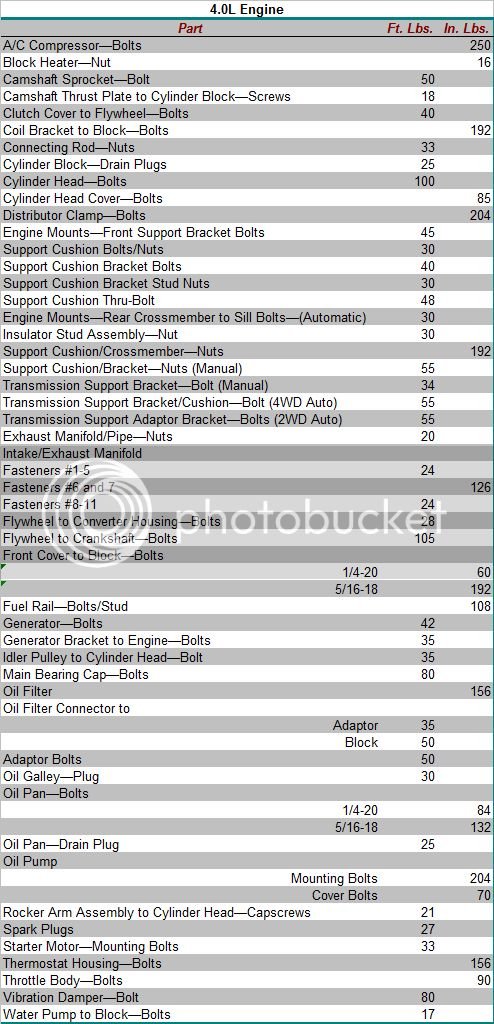Battery Gauge Between 9 And 14
Understanding the Measures of a Battery Gauge
So, when observing a battery gauge fluctuating between the range of 9 and 14, it is indicative of your vehicle’s alternator at work. It reflects the complex mechanism that drives your vehicle, balancing between using the battery and recharging it.
From starting the engine to powering your radio, your car battery inevitably plays a crucial part in your vehicle’s operation. It is like the heart of your vehicle, and with the alternator, they create the lifeblood of your car’s electrical system. Therefore, having a clear understanding of what figures on your battery gauge signify not just helps to discern the health of your battery but could significantly save you from unexpected predicaments. The mystery of those dancing digits on your battery gauge becomes less intimidating as you delve deeper.

Decoding the Numbers on the Battery Gauge
To the untrained eye, the numbers on your vehicle’s battery gauge might seem confusing. However, they are far from arbitrary. Typically, a standard car battery gauge will show a range between 8 and 16, generally denoting the voltage power.
Now, what does a reading between 9 and 14 represent? Simply put, if your gauge is between 9 and 14 while the car is running, this is a strong indicator of your alternator’s health. You see, when your vehicle is operating, the alternator takes over from the battery to power things like lights, the radio, and other electronics.
What a Reading of 9 Signifies
A reading of 9 is relatively low on the scale and correspondingly implies that your battery might be undercharged. However, considering this reading can also occur when you start your car, it’s not an immediate cause for alarm. When you start your engine, your car will draw power from the battery, leading to a temporary dip in voltage.
Understanding the Meaning of a 14 Reading
On the other hand, a reading of 14 is typically the high-end normal reading for a car’s battery gauge. It is a good sign, as it suggests that your alternator is effectively charging your car battery. However, if this reading stays consistently at 14 or even jumps above, your battery could be in danger of overcharging, which can also lead to potential damage.
Interpreting Fluctuations between 9 and 14
Observing the battery gauge reads fluctuating between 9 and 14 reveals the dynamic interplay between your battery and alternator. The automobile’s electrical system has been designed to cycle power back and forth between these two components to ensure neither the battery nor the alternator becomes too burdened.
The balance of these fluctuations, however, can be a telltale representation of the system’s overall health. If the readings regularly dip to 9 or below, your battery might be undercharging, leading to shortened battery life and the risk of your car not starting.
Alternatively, if the readings frequently hit 14 or above, your alternator might be overcharging the battery, which can lead to battery swelling, leakage or even a battery burst.
Frequent fluctuations in these readings can also be a sign of issues with the car’s electrical system and might warrant a detailed checkout by a professional. Included here is a simple checklist to follow if you notice frequent variations:
– Check the alternator output
– Have the battery’s health assessed
– Look out for any signs of swelling or leakage in the battery
– Get your car’s electrical wiring inspected
– Regularly monitor the battery gauge while driving
Frequently Asked Questions
Q. What is an optimal reading on a battery gauge while the car is running?
While the alternator is designed to raise the voltage to between 13.5 and 14.5 voltages, an ideal battery gauge reading while the car is operational should hover around 14.
Q. Is a reading above 14 on the battery gauge a matter of concern?
A reading consistently at 14 or above while the car is running indicates that the alternator could be overcharging the battery, which should be promptly assessed to prevent damaging the battery.
Final Thoughts
In conclusion, the numbers game on your battery gauge is far from a random sequence, and understanding these nuances can immensely help maintain your vehicle’s health. By decoding these readings, you can potentially avert battery issues ranging from undercharging to overcharging, thus safeguarding an essential aspect of your car’s performance. Taking the time to educate yourself about these fundamentals can make the difference between a smooth ride and a break-down disaster.
Whether you are an automobile enthusiast or just an everyday driver, recognizing what the numbers on your battery gauge denote is an empowering takeaway towards responsible vehicle ownership. Always remember, investing time and effort in understanding the intricate workings of your vehicle is never in vain; it reaps dividends in the long run.






